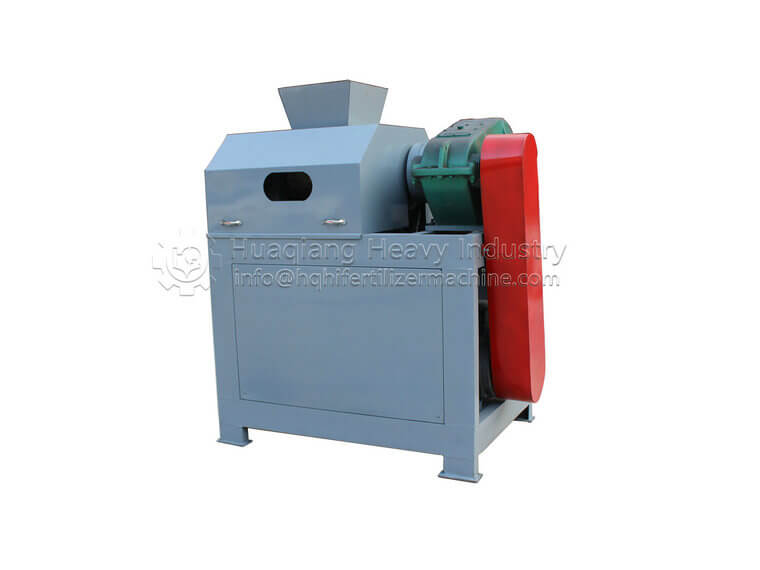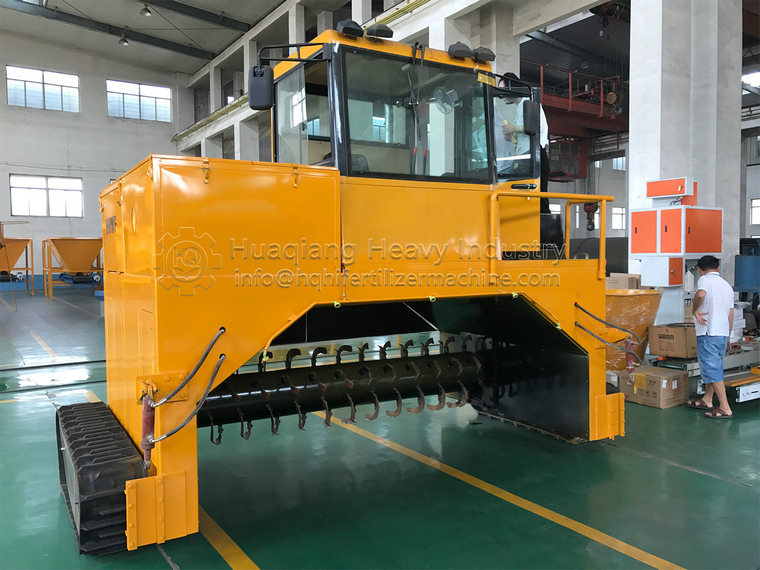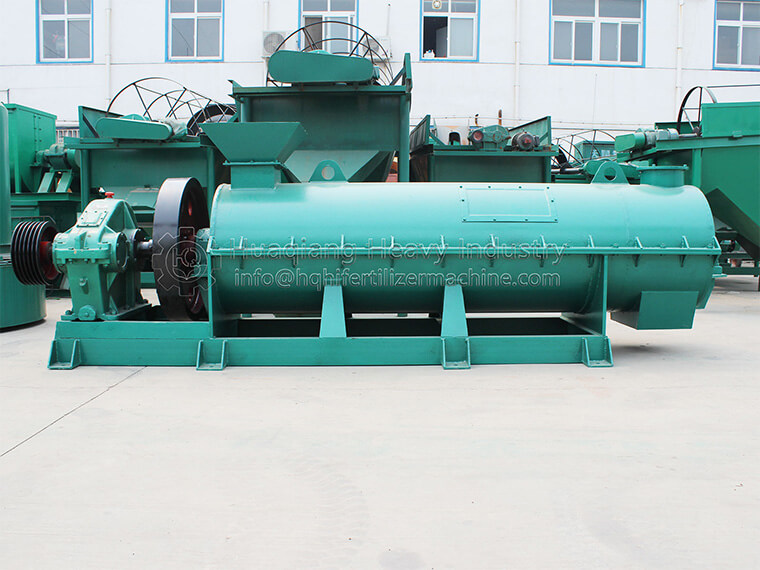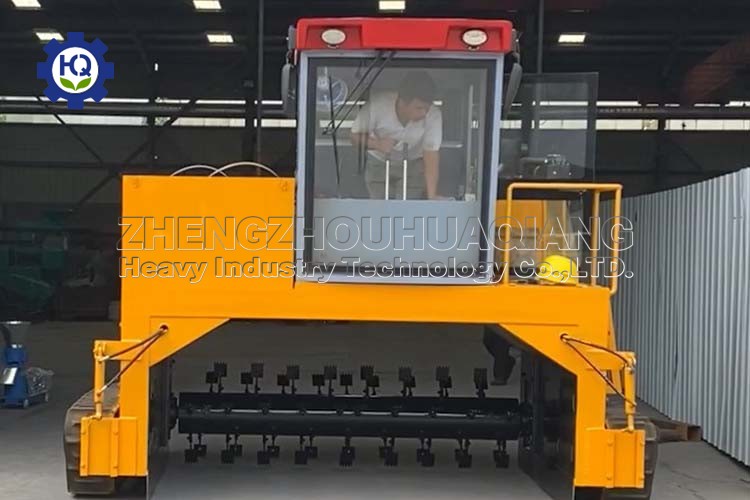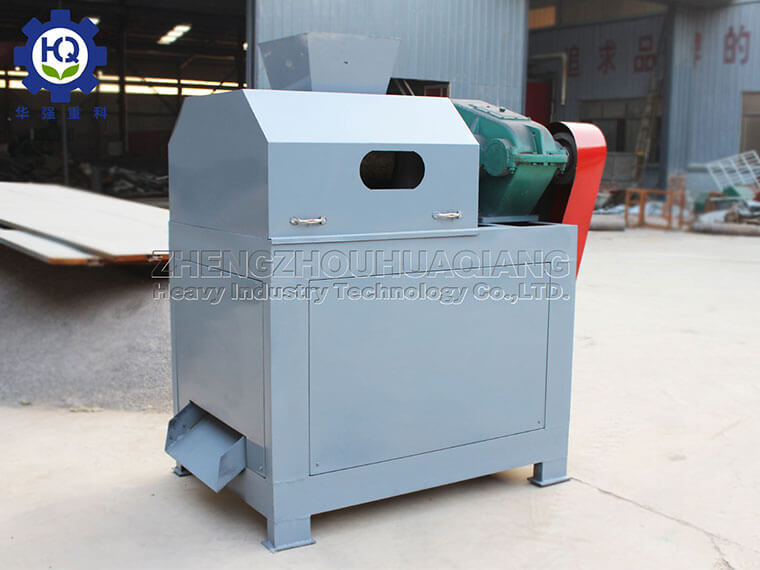The roll extrusion granulator is an important granulator in Manure and compound fertilizer production lines. It does not need to add any wetting agent. The roll extrusion granulator is simple in process and easy to operate. Most compound fertilizer manufacturers prefer the roll extrusion granulator. The installation and debugging of the roller extrusion granulator equipment are also very simple.
Use characteristics of Organic fertilizer equipment roll extrusion granulator:
1: After the pressure wheel of Organic fertilizer granulator is increased, the bearing is increased, and the pressure bearing capacity is enhanced.
2: After the pressure wheel is increased, the temperature generated by squeezing friction is not easily transmitted to the bearing chamber, ensuring that the lubricating grease of the bearing is not easy to overflow when working at low temperatures.
3: After the pressure wheel is increased, the pressure wheel can be pressed for 2-3 times, extending the service life of the Manure granulator, reducing the production cost, and increasing the profit margin of the investment project.
4: This model adopts multiple evenly distributed compression wheels, ensuring smooth operation and increasing the compression area, thereby improving production efficiency.
5: This model has a variety of compression molding options, with round bars and particles that can be made by simply changing the mold, suitable for compression molding of different materials.
The Organic fertilizer granulator is mainly suitable for coarse fiber granulation, such as various crop straws such as wood chips, rice husks, cotton stalks, cotton seed hulls, weeds, domestic garbage, factory waste, materials with low adhesion rate and difficult to form, and also suitable for low-temperature granulation of biological bacterial fertilizer, Manure, compound fertilizer, etc.
The roller extrusion granulator has the characteristics of low investment, high efficiency, superior performance, convenient use, and green environmental protection. By using the roller dry production process to complete the granulation of compound fertilizer, the material is directly compressed into particles at room temperature. This equipment is a multi element compound fertilizer produced using ammonium carbonate, urea, ammonium chloride, ammonium phosphate, and other basic materials. It has high strength and good slow-release performance, achieving long-term, controlled release, and slow-release effects, and can improve fertilizer efficiency by more than 20%. At the same time, the equipment also solves the problem of insufficient particle strength of Manure produced by domestic rotary drum and disc granulation equipment. In addition, due to the adoption of a new technology of dry powder roller pressing granulation in the equipment, there is no loss of materials and physical properties in production.
.jpg)
